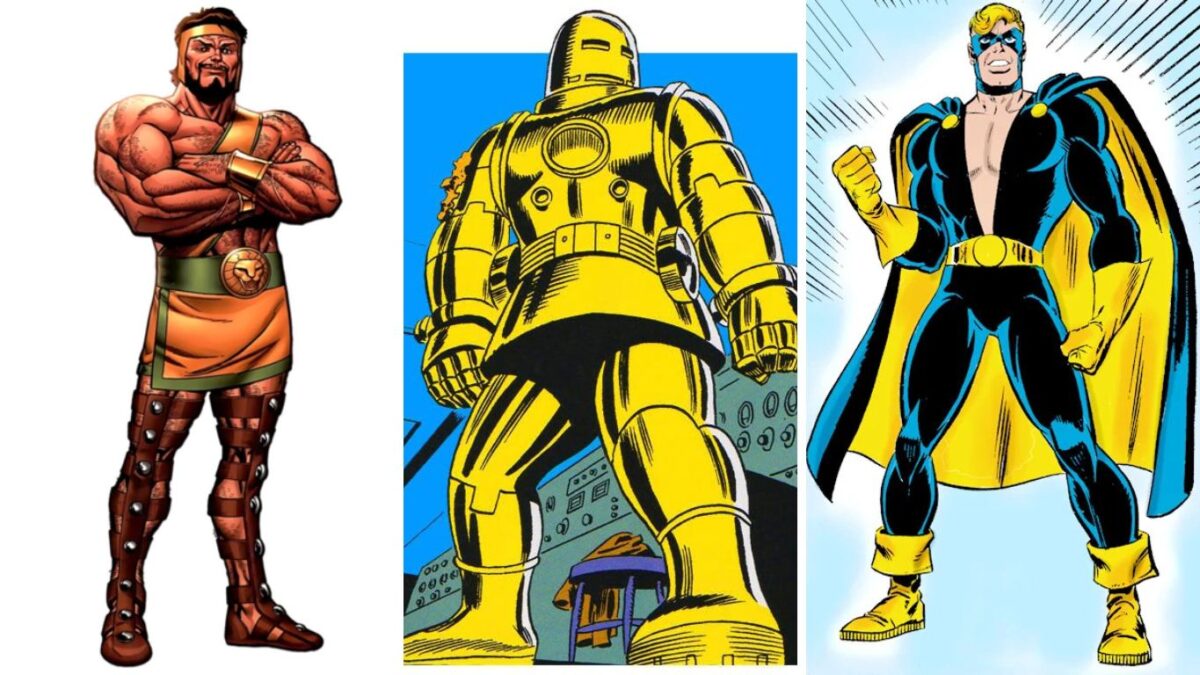Superheroes are known for their incredible powers, but equally iconic are their costumes. Over the years, these outfits have evolved alongside fashion trends, technological advancements, and shifting cultural norms. From the colorful spandex of the Golden Age to the sleek armor of the modern era, superhero costumes have reflected the changing tastes and sensibilities of their respective time periods. Let’s take a journey through the ages and explore the evolution of superhero fashion on the battlefield.
The Golden Age (1930s-1950s)
During the Golden Age of comics, superhero costumes were characterized by bold colors, simple designs, and practicality. Inspired by the circus performers and pulp heroes of the time, characters like Superman, Batman, and Wonder Woman donned bright, form-fitting spandex suits adorned with capes, masks, and insignias. These costumes not only helped to establish their identities as larger-than-life figures but also served as symbols of hope and inspiration in a world ravaged by war and economic hardship.
The Silver Age (1950s-1970s)
As the superhero genre continued to evolve during the Silver Age, so too did the costumes of its iconic characters. Influenced by the rise of science fiction and space exploration, superheroes began to adopt sleeker, more futuristic designs. Characters like the Flash, Green Lantern, and Iron Man sported sleek bodysuits, streamlined helmets, and high-tech gadgets, reflecting the optimism and fascination with technology of the era. Additionally, female superheroes saw an increase in representation during this time, with costumes that were often more modest and practical than their Golden Age counterparts.
The Bronze Age (1970s-1980s)
The Bronze Age of comics saw a shift towards more realistic and grounded storytelling, reflected in the costumes of its superhero characters. Inspired by the countercultural movements of the 1960s and 1970s, superheroes began to adopt darker, grittier costumes that reflected the complexities of the world around them. Characters like Wolverine, Punisher, and Swamp Thing embraced a more rugged aesthetic, with costumes featuring weathered fabrics, leather accents, and functional accessories. Additionally, female superheroes began to assert themselves as equals to their male counterparts, with costumes that emphasized strength, agency, and individuality.
The Modern Era (1990s-Present)
In the modern era of comics, superhero costumes have become more diverse, dynamic, and visually striking than ever before. Influenced by advancements in digital art and costume design, characters like Spider-Man, Batman, and Captain Marvel sport sleek, highly detailed costumes that blur the line between fantasy and reality. Additionally, the rise of multimedia franchises and blockbuster movies has led to a greater emphasis on branding and merchandising, with costumes designed to be instantly recognizable and marketable to a global audience.
The Future of Superhero Fashion
As we look towards the future, it’s clear that superhero fashion will continue to evolve and innovate in response to changing cultural trends, technological advancements, and artistic influences. From adaptive nanotechnology and holographic displays to sustainable materials and inclusive design principles, the possibilities for the future of superhero costumes are limitless. One thing is for certain: whether they’re fighting crime on the streets of Gotham City or saving the universe from cosmic threats, superheroes will always be at the forefront of fashion, inspiring generations of fans with their iconic and unforgettable costumes.
In conclusion, superhero costumes have played a crucial role in shaping the visual identity of these iconic characters throughout history. From the colorful spandex of the Golden Age to the sleek armor of the modern era, these outfits have not only reflected the changing tastes and sensibilities of their respective time periods but also served as symbols of heroism, identity, and empowerment on the battlefield.





